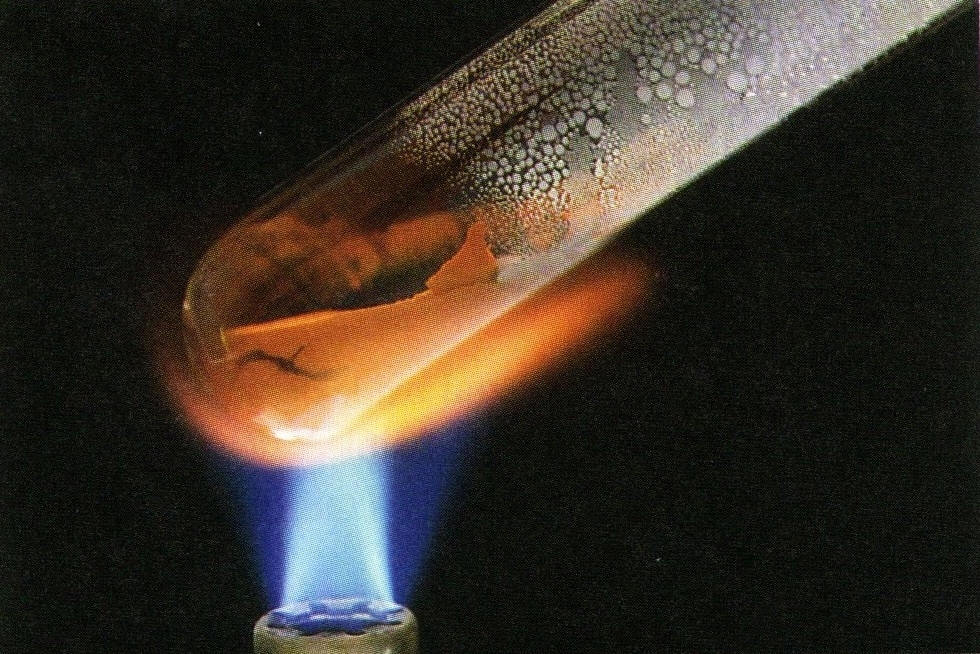
We had special geuest speaker. David Webb showed us many experiments with Vacuums.
First, he showed how the pressure helped people in the old times. He said it was used since a really long time. People use to get a water from a Nile River to upper land. It was pretty interesting that they knew the pressure.
Vacuum had plastic case above and when vacuum started to work, vacuum made pressure lower. when the pressure got lower, the objects went bigger.
There was balloon experiment. He placed the balloon with air in it. When the pressure got lower, the balloon got bigger and finally popped. When they placed a marshmallow, it became bigger. He stopped the vaccum and reput the air in it. I thought the marshmallow will gonna become normal as before without thinking. But marshmallow was flatter than before and it was hard to chew. 

He showed us experiment with leather and object that looked like metal which was much more heavier thatn leather. When he placed both objects and made them fall, they fell at the same time.






